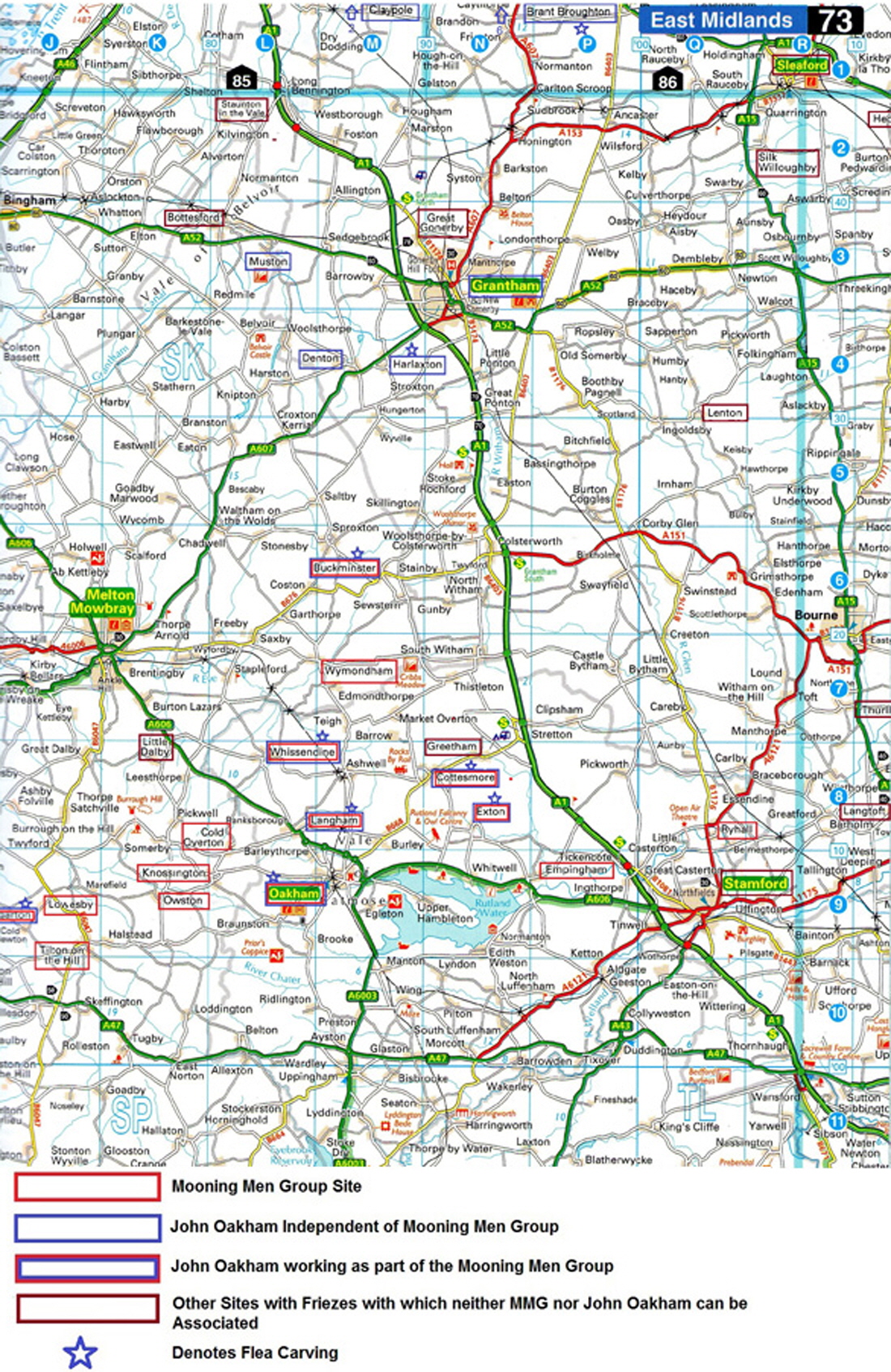|
|
||||||||||||||||||||||||||||||||||||||||||||||||||||||||||
|
Please sign my Guestbook and leave feedback |
||||||||||||||||||||||||||||||||||||||||||||||||||||||||||
|
Recent Additions Stamford Church Trail (Various) Kingston on Soar (Nottinghamshire
|
||||||||||||||||||||||||||||||||||||||||||||||||||||||||||
|
A book, by definition, is a linear document. You start at the beginning, go on to the end and then stop, as Alice said. Of course, you can also skip backwards and forwards but anyone who writes a book has to write a linear account. Web pages, however, facilitate a less structured approach to both reading and writing. You are able to go backwards, forwards and across with relative ease. For a writer this is, as I found out, both a curse and a blessing. A free structure makes writing that much easier but the danger is of losing structure altogether. Also (believe it or not) my software imposes a limit on the lengths of titles I can have for each page. That means that some headings can seem a little cryptic. Also, an unapologetic word of warning. This narrative is more in the way of a series of interlocking and, I hope, logically sequenced essays, That does mean, however, that you are sometimes going to hear me repeat myself. I am afraid that is the price you pay for a non-linear (and free!) second edition! So this is what it is all about and why you might read it in this order. 1. The Stonemasons and their World. This has been a part of my website for some time. It is a longish and comprehensive discussion of the stonemasonry industry in England in the mediaeval period. Unless you are already well-versed in this subject I strongly advise reading it first because the intention of this “web book” is to look at the work of a set of travelling stonemasons and to place them with this context. 2. Friezes - A local Phenomenon A short article discussing localised fashions in mediaeval church-building and introducing the sculpted sub-roof parapet friezes that this work is largely about. Examines a group of gargoyles carvings at a number of churches that were clearly carved by the same man - the Gargoyle Master. Introduces the iconic “hitchhiker” gargoyle found at several of those churches. Establishes beyond any doubt that the wanderings of a single sculptural mason can be deduced from his artistic style. 4. Bums, Fleas and Ladies Hats This is essential to the narrative. It identifies three constantly recurring frieze carvings and introduces the concept of carvings that are trademark ls of a group of masons or of individuals. Introduces the “Mooning Men Group” of masons. Elaborates on this strangely prevalent mediaeval lady’s headwear - with a “goffered caul” - and uses it to pin the date of the friezes top the late fourteenth and early fifteenth centuries/ 6. Black Eyes Introduces the unusual feature of sculpted figures with lead inserts for eyes, another unusual feature of these friezes and gargoyles. Essential reading. Identifies four masons whose style of carving can be identified on the church friezes and gives them fictitious names. 8. Church Building in the Post-Plague Era More essential reading. Explains that English churches were undergoing profound structural changes and that the sculpted carvings on these East Midlands were the finishing touches to much larger programs of building work. This section tells you what the sculptural masons were really doing at these churches and why. This sections brings together all of the five “named” sculptors and shows where they carved, separately and together. Looks at the recurrent “flea” carvings and attributed them to John Oakham. Essential reading before moving to the Peregrinations 11. The Peregrinations of John Oakham Of the five masons I tracked in this study, four of them apparently stayed “close to home”. The fifth, however - J”ohn Oakham” - ranged far and wide as far as Boston on England’s east coast. John shows that a mason could make a living as a mason for several decades, in a variety of roles. As the title implies, this looks at the cluster of churches in the Sleaford area - Sleaford itself, Heckington, Ewerby and Anwick that also have rich frieze carvings. Probably the work of another group of masons, maybe fifty years earlier. Looks at the very few theories as to why such carving occur before concluding it was all the masons’ own fancy! But you might disagree and you might even be right.... Drawing on information available from surviving mediaeval building contracts this article addresses the thorny issue of how much alterations to churches such as describe din this narrative cost at the turn of the fifteenth century. The numbers are eye-watering. I discuss also who held the advantage when prices were being negotiated: the parish or the mason An important section that winds things up and discusses how the work reinforces or challenges generally-held views about late mediaeval sculpture and, most importantly, how the “building industry of that time might have worked. ” 16. The Churches A landing page with pictures and links to individual pages about most of the churches mentioned. The pages talk about what the masons were doing there besides carving sculptures and about other points of interest within the churches. All of these pages are also accessible form within the site’s county menus. You can also see a list below with links to each. Sub-parapet friezes are an East Midlands phenomenon and not just the work of the Mooning Men Group and John Oakham. This sections looks at some of the other local sites. The best sculptures on the churches mentioned in this narrative are often not friezes or gargoyles. It would be great pity to forget these great pieces of work just because they are not on friezes or gargoyles. |
|
 |